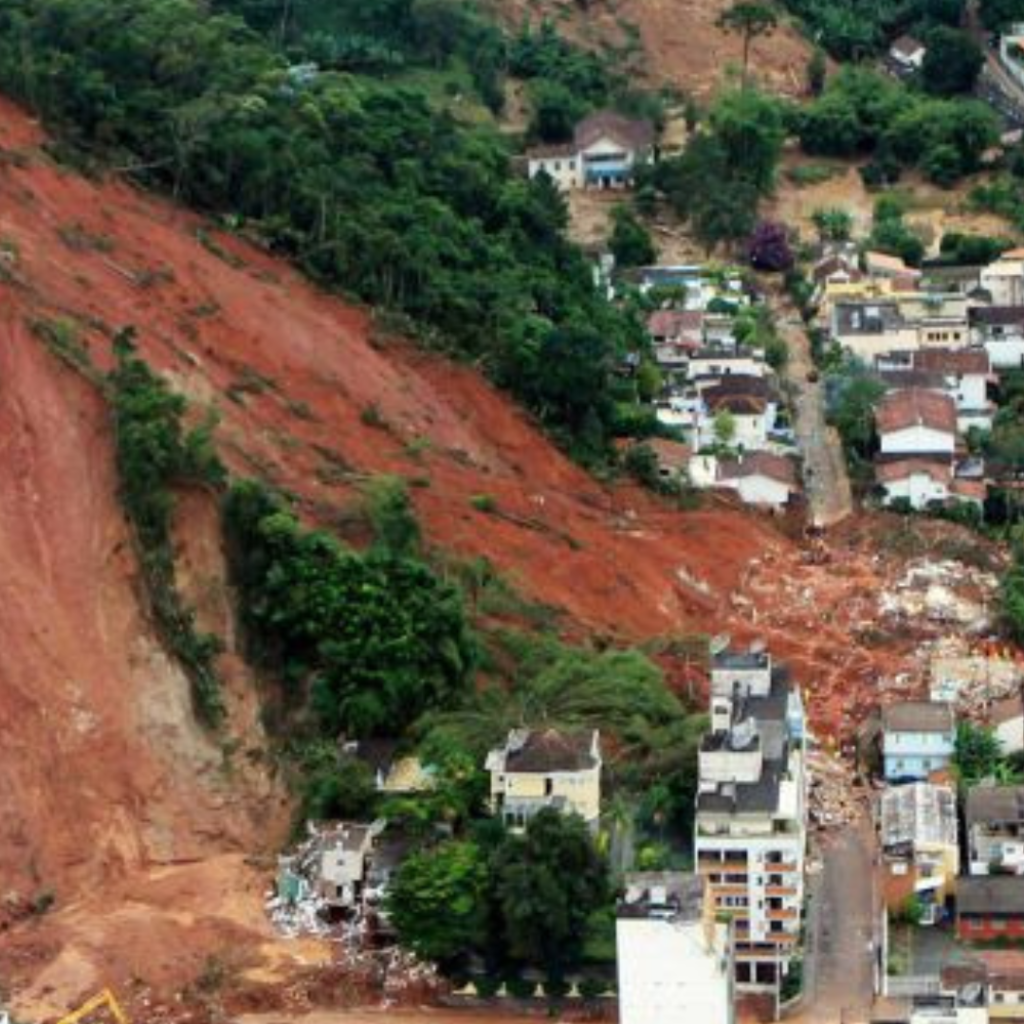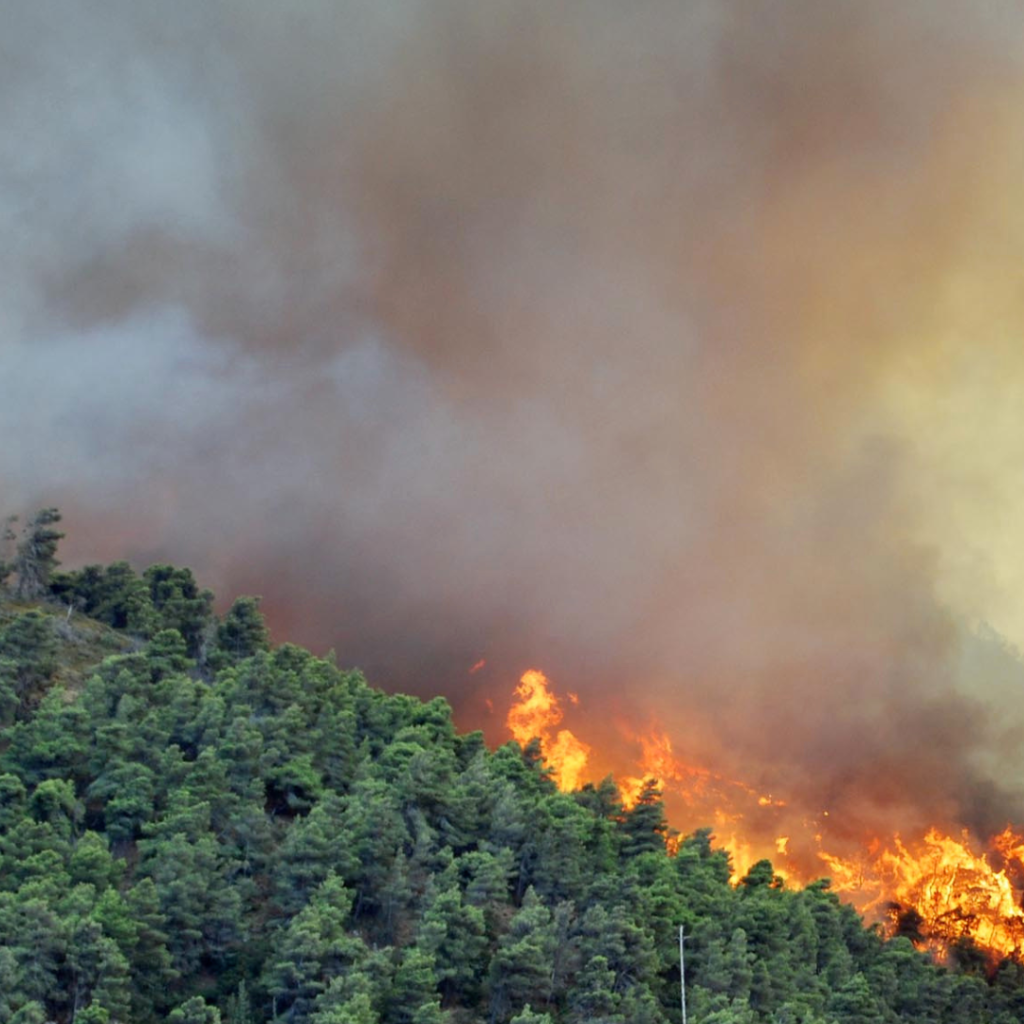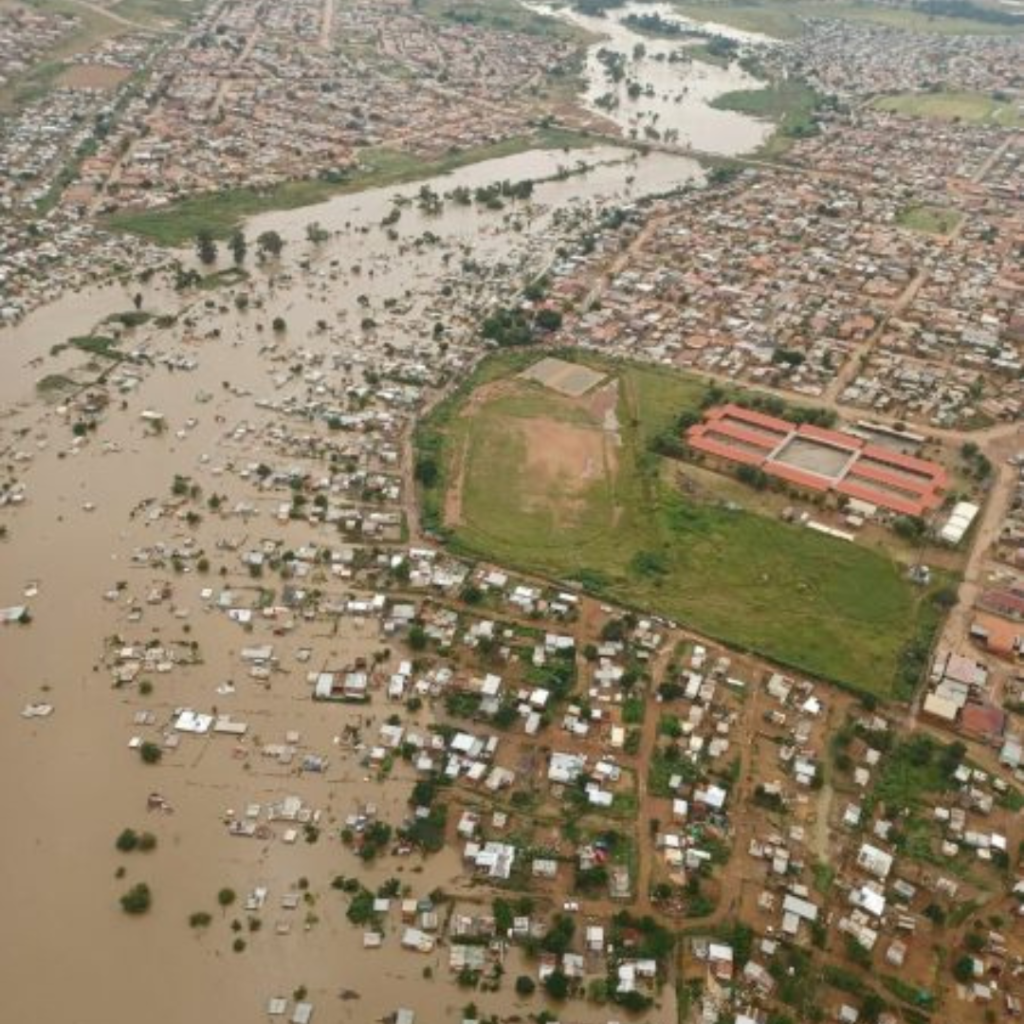1. When the Environment Becomes a Threat
Natural disasters are stark reminders that nature, while essential to life, can also pose serious threats to human societies. Headlines like “Floods in Île-de-France” or “Major Flood in Paris” in June 2016 reflect the persistent vulnerability of communities when the environment becomes a source of danger. These events prompt critical questions: How can science help us understand these disasters? And more importantly, how can that knowledge reduce their human and material toll?
The Centre for Research on the Epidemiology of Disasters (CRED) has documented over 8,600 natural disasters between 1994 and 2015, claiming more than 1.5 million lives—an average of 76,000 deaths annually. Data shows a sharp increase in disasters in the late 1990s, with a peak in the 2000s averaging 447 catastrophic events per year, before stabilizing at around 350 annually since 2011.
Some events have been especially deadly: the 2004 Indian Ocean tsunami killed over 226,000 people; the 2008 Sichuan earthquake over 87,000; and the 2010 Haiti earthquake, more than 220,000. Even in advanced nations, disasters can prove fatal. In France, for example, heatwaves have been the deadliest hazard in recent decades, with over 24,000 deaths, including the infamous 2003 event that claimed 15,000 lives.
2. Unraveling the Forces Behind Disasters
The first step in tackling natural disasters is understanding the physical forces behind them—earthquakes, floods, storms, and heatwaves. Geoscientists and climate experts have made significant progress in this area. However, scientific understanding of physical phenomena alone cannot explain why some areas suffer greater devastation than others.
Consider three earthquakes in 2003: Algeria’s Boumerdès quake killed over 2,300; a slightly stronger quake in Japan resulted in no deaths; and a less powerful tremor in Bam, Iran, killed 35,000. Clearly, human and societal factors play a key role.

The idea that societies contribute to the scale of disasters is not new. After the 1755 Lisbon earthquake, Rousseau argued that the high death toll was not just bad luck but a consequence of building densely in a seismically active region—an early insight into the concept of social vulnerability.
Today, this perspective has evolved into what sociologist Ulrich Beck termed the “risk society,” where technological and industrial advances generate new threats. Risk is not solely external or natural; it’s shaped by human decisions and societal structures.
To understand risk fully, researchers examine vulnerability—defined as the likelihood of suffering harm or loss. Poverty is a major factor: poorer communities are often the most affected. But disasters like Hurricane Katrina and Fukushima show that wealth alone doesn’t prevent catastrophe. Other dimensions such as infrastructure, political readiness, and public awareness are also critical.
Mobility is another key vulnerability. During flash floods, for instance, individuals with limited mobility—elderly people, children, or those with disabilities—face heightened risks. Research has even identified motorists as a high-risk group, with about half of Europe’s flood-related fatalities involving drivers caught unaware by rising waters.
Ultimately, a disaster occurs when a natural event intersects with a vulnerable society. Understanding this intersection is vital for reducing harm.
3. Observing, Modeling, and Predicting
Scientific research into natural disasters is increasingly interdisciplinary, involving observation, data collection, and modeling. While field data provides essential insights into physical and social dynamics, modeling allows scientists to simulate scenarios and explore “what-if” situations.

For instance, researchers can simulate a city’s road network during a flood, examining how factors like departure time or route choice affect risk. These simulations help not only to understand real-world events but to test extreme or rare conditions, offering critical insights for emergency planning.
Meteorological models, built on decades of research, now allow forecasters at institutions like Météo-France to predict weather patterns, including extreme events such as storms and heatwaves. While uncertainties remain, these tools are vital for early warnings and disaster preparedness.
However, events like Fukushima—where a tsunami following an earthquake triggered a nuclear meltdown—highlight the complexity of predicting cascading crises, especially when human errors compound natural forces. Understanding and preparing for such multi-layered threats is a major focus of current risk research.
4. Rethinking Our Relationship with Nature

Seeing the environment as a potential threat requires rethinking humanity’s relationship with nature. While scientific progress since the 19th century has led to remarkable innovations in flood control and disaster prevention, nature continues to surprise us. Major disasters remind us that full control over natural forces may be an illusion.
The growing awareness of global environmental change and our role in driving it has sparked renewed reflection. Social scientists have begun exploring not just risk and vulnerability but also adaptation and resilience.
Resilience, borrowed from psychology, is defined as the ability to adapt and recover from adversity. In a societal context, it means strengthening internal capacities—institutions, infrastructure, and community networks—so that societies can withstand and bounce back from natural hazards. This approach moves away from trying to dominate nature and instead focuses on coexisting with it more sustainably.
To support this vision, research must continue to deepen our understanding of both natural processes and societal vulnerabilities. The goal is to foster informed, adaptable communities capable of facing an uncertain environmental future with greater confidence and capacity.



